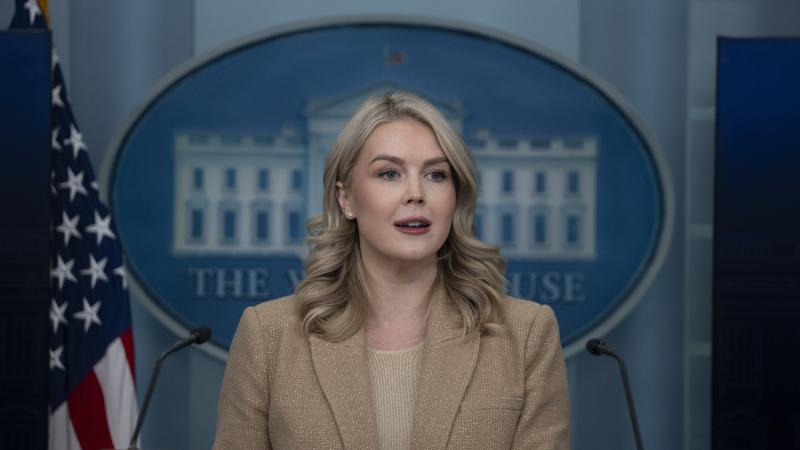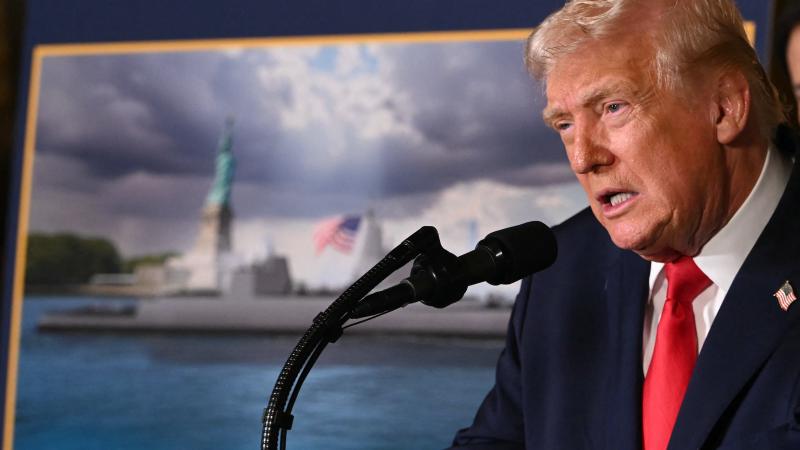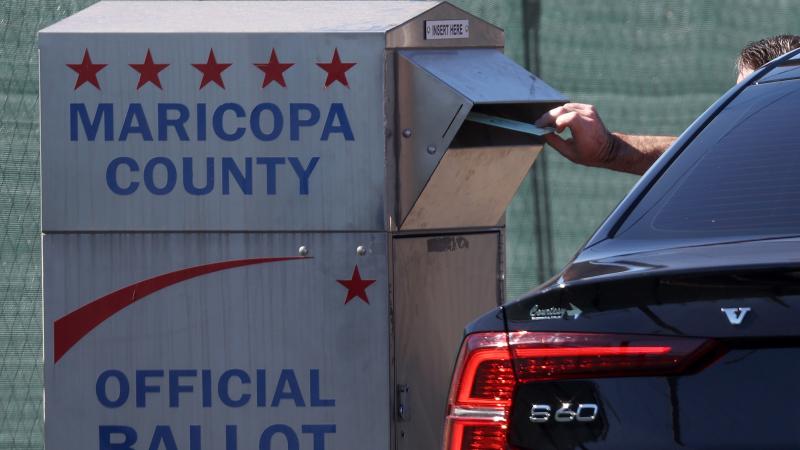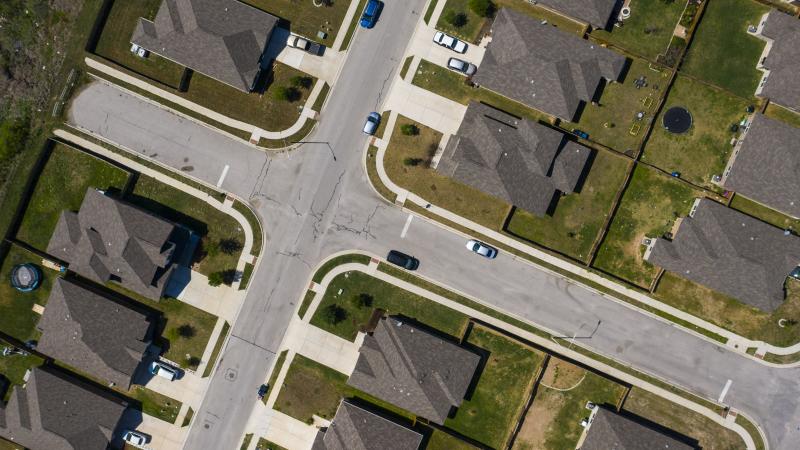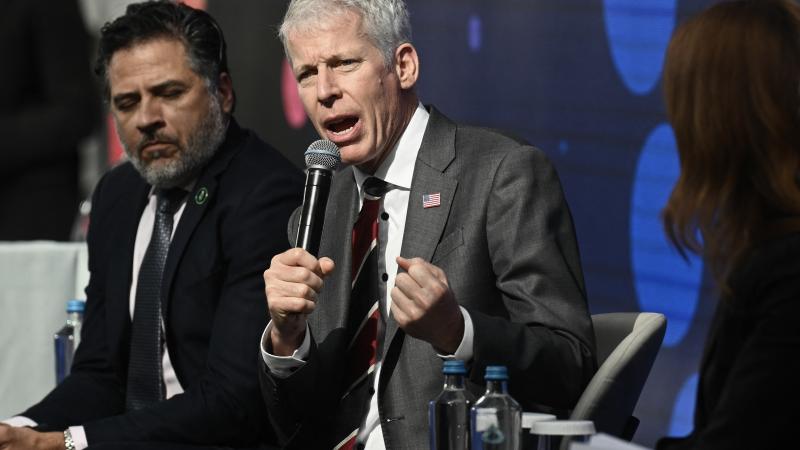Despite legal challenges, White House unveils 'simple' student loan forgiveness application form
The White House says the application for up to $20,000 of student loan debt forgiveness won't require "supporting documents" or Federal Student Aid identification.
The Biden administration unveiled a "short and simple" student loan forgiveness application form on Tuesday despite legal challenges to the program.
The White House said the application process for up to $20,000 of student loan debt forgiveness, which will be handled by the Department of Education, won't require "supporting documents" or Federal Student Aid (FSA) identification.
"The student debt relief application will be: Short and simple; No supporting documents or FSA ID needed; Available in both English and Spanish, and on both mobile and desktop devices," read a tweet from the White House on Tuesday.
The Job Creators Network Foundation Legal Action Fund filed a lawsuit against the student loan forgiveness program on Monday in the District Court for the Northern District of Texas, Fort Worth Division.
"Our lawsuit intends to block the Biden administration's student loan bailout, which is an unprecedented executive power grab," said Elaine Parker, president of the Job Creators Network Foundation. "The administration's action does nothing to address the root cause of unaffordable tuition: greedy and bloated colleges that raise tuition far more than inflation year after year while sitting on $700 billion in endowments."
Six Republican-led states — Iowa, Kansas, Missouri, Nebraska, South Carolina and Arkansas — have also sued the Biden administration over the student loan forgiveness program, arguing that implementing it is an abuse of power. President Biden announced the enactment of the program unilaterally without congressional approval.
Applicants with adjusted gross income of less than $125,000 for individuals or $250,000 for household joint income can receive $10,000 in student loan debt forgiveness. The amount goes up to $20,000 for Pell Grant recipients that meet the same income requirements.
According to the Internal Revenue Service, adjusted gross income is calculated by subtracting deductions from gross income.
"Gross income includes your wages, dividends, capital gains, business income, retirement distributions as well as other income," according to the IRS. "Adjustments to income include such items as educator expenses, student loan interest, alimony payments or contributions to a retirement account."
The previewed application includes the borrower's name, social security number, date of birth and contact information. Applicants have to sign and agree that they qualify for relief based on the income requirements, with potential penalties such as "fines, imprisonment or both" if the information provided turns out to be false.
One of the statements applicants have to agree to includes: "I request federal student loan debt relief of up to $20,000. If requested, I will provide proof of income to the U.S. Department of Education. I understand that if I fail to do so by March 31, 2024 or if my income does not qualify for federal student loan debt relief, the relief will not be processed."
The form informs borrowers that the must apply by Dec. 31, 2023 to be eligible for debt forgiveness.
"We'll determine your eligibility and will contact you if we need more information," the form reads. "Your loan servicer will notify you when your relief has been processed."
The Committee for a Responsible Federal Budget has projected that the full cost of the student loan forgiveness program will be $420 billion.

